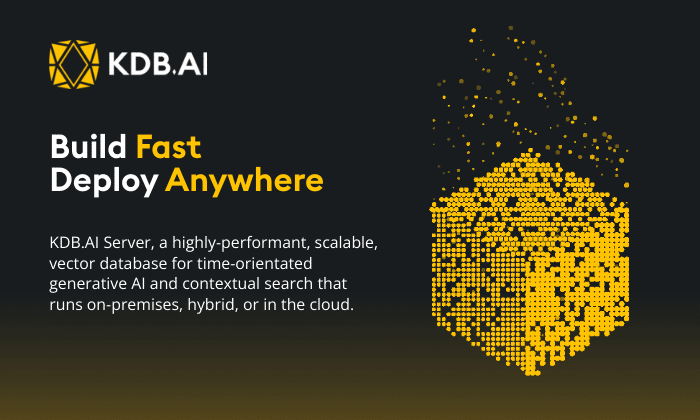by Jack Stapleton
The elasticity of cloud computing means that systems can be quickly scaled up, and down, to meet fluctuating processing demands without having to directly provision new hardware and other resources. Auto scaling technologies make the process even more flexible by enabling servers, storage, and networking resources to be commissioned and decommissioned in an instant, without manual intervention.
Auto scaling is achieved by monitoring the load on a system and dynamically acquiring or shutting down resources to match the varying load. Its goal is to achieve cost-effectiveness where, rather than deploying a fixed configuration calibrated to topmost expected load at all times, the appropriate resources are marshalled automatically, and only for the duration needed. In the cloud’s pay-as-you-consume paradigm it ensures that costs for idle machines at weekends are not the same as those for busy machines at peak trading times.
This paper outlines how auto scaling can be applied to kdb+ in a real-time database cluster and includes a simulation showing how savings of up to 50% could be made by suitably scaling resources.
To read the paper in full please click on this link.







